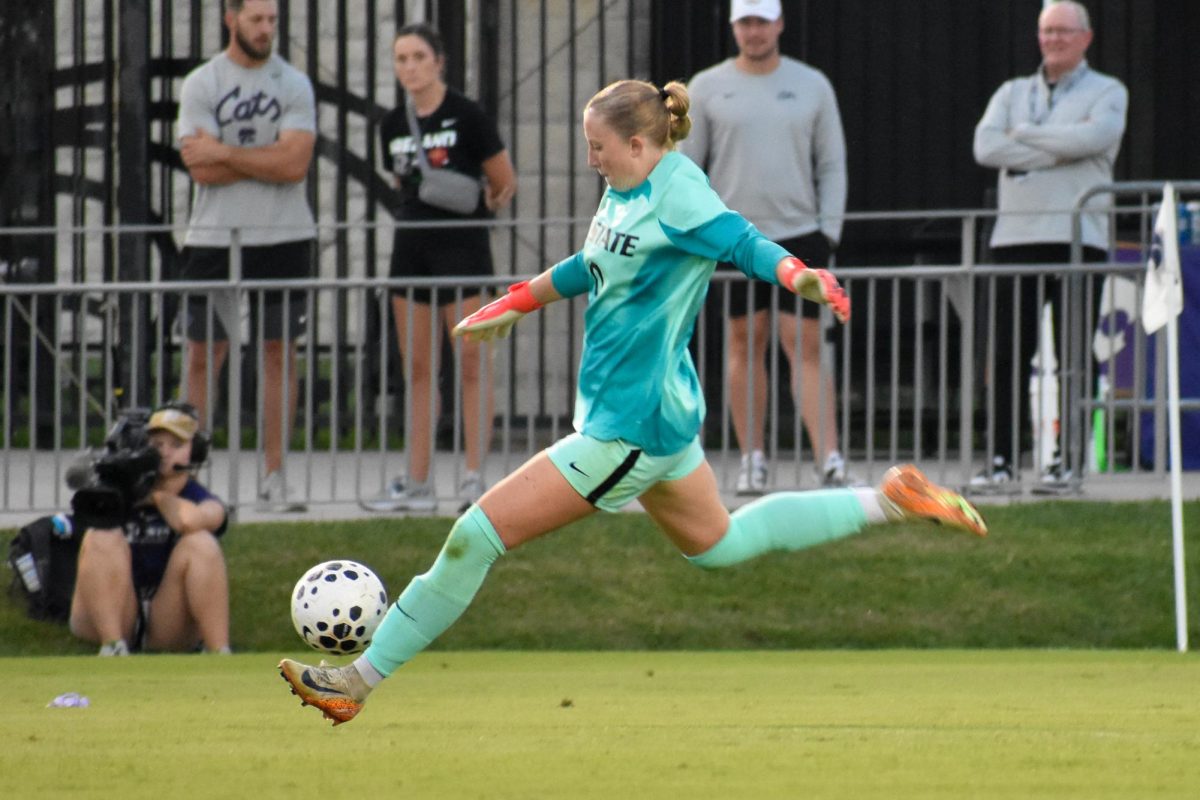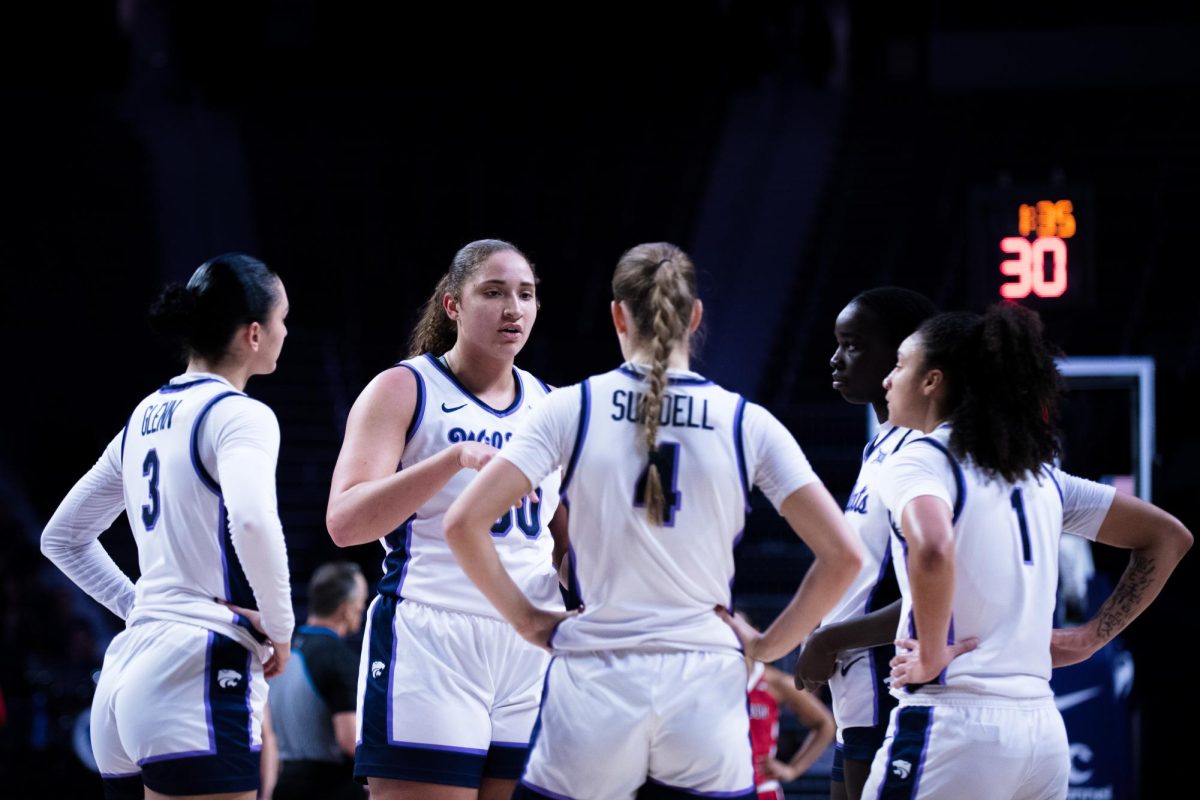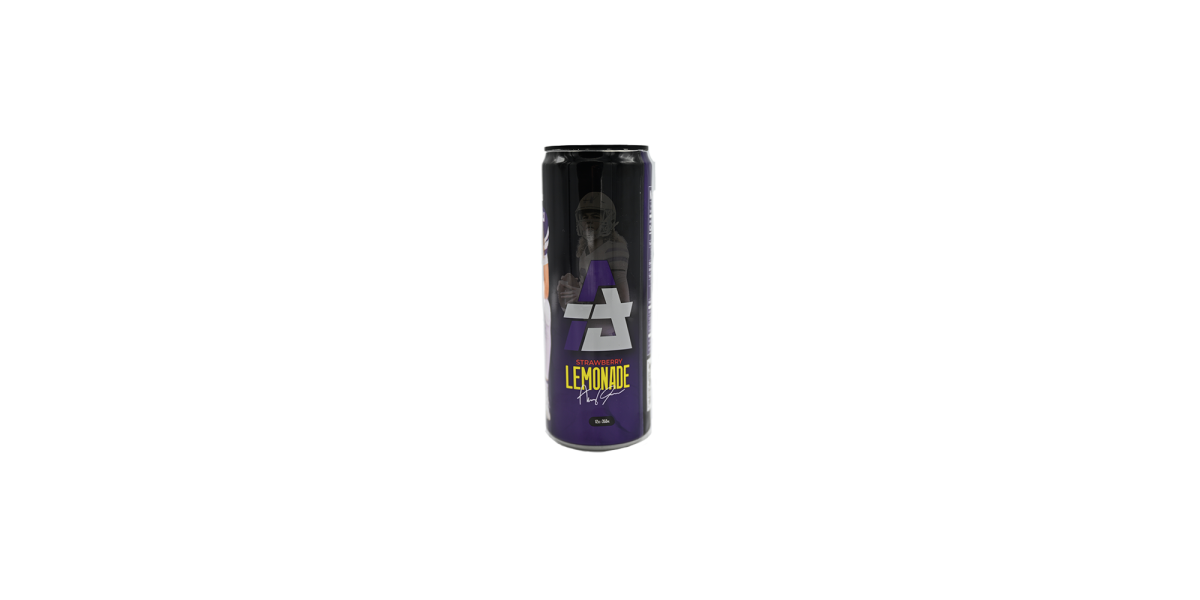The Kansas Grain Sorghum Commission approved its fiscal year 2025 budget on Tuesday.
Kansas is the top sorghum-producing state in the nation, representing 46% of total planted acres, according to the 2023 USCP annual report. KGSC provides funding for the cereal crop’s promotion and market development.
The KGSC voted in support of extending the Collaborative Sorghum Investment Program housed at Kansas State, matching it against additional funding sources. CSIP was established in 2016 to increase domestic sorghum value, yield and demand.
KGSC’s CEO Adam York said the initial two million in 2016 allocated toward CSIP was one of the commission’s “best investments over the last ten years.”
“We want to see what we can do to keep it going for another ten years,” York said. “The active investment is three million dollars from those ten years. That’s two million dollars from the checkoff [program, which] provides day-to-day operations for CSIP, and then a million dollars from Kansas State … That’s the commission providing another two million dollar principle, again, for addition to the original two million dollar principle to help for CSIP to operate without any industry support.”
The budget includes a 54% decrease in the research budget, a 33% increase in the market development budget and a 47% increase in the education budget.
Brant Peterson, KGSC chairman, said previous KGSC budgets were overweight in research, and the reduction was made to balance out the 2025 budget.
“So one of the thoughts behind this is we’ve been super heavy in research over the years,” Peterson said. “There has been a lot of discussion of ‘man we’re just dumping a lot of money in research.’ Part of this proposal has been to say where can we provide research [funds] and be intelligent about it, and we are trying to keep a more balanced budget to provide more funds to market development and education.”
While presenting KGSC’s research committee project funding recommendations, Sarah Sexton-Bowser, managing director for the Center for Sorghum Improvement, discussed how the consideration process has evolved.
“The [research committee] can get tedious in making some of these decisions,” Sexton-Bowser said. “There’s a lot of trade-offs in which projects you want to advance. We used to have … mailed out these binders of like, 30 to 50 projects. It was a pretty active world. We’ve gotten much more specific, and this is what it takes to be in our portfolio.”
















































































































